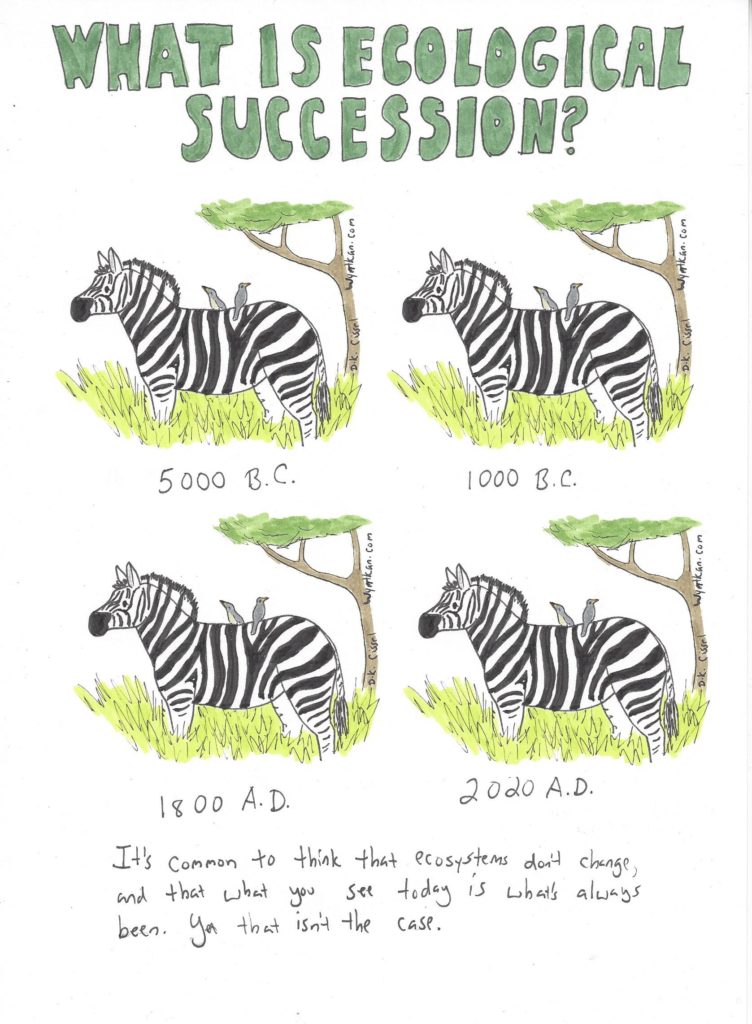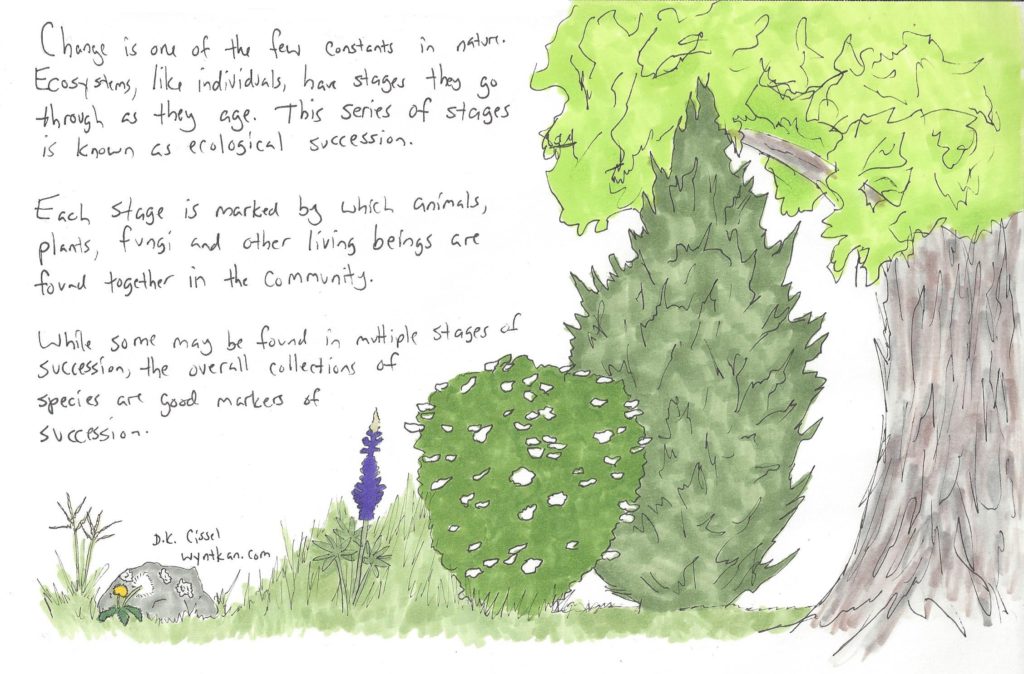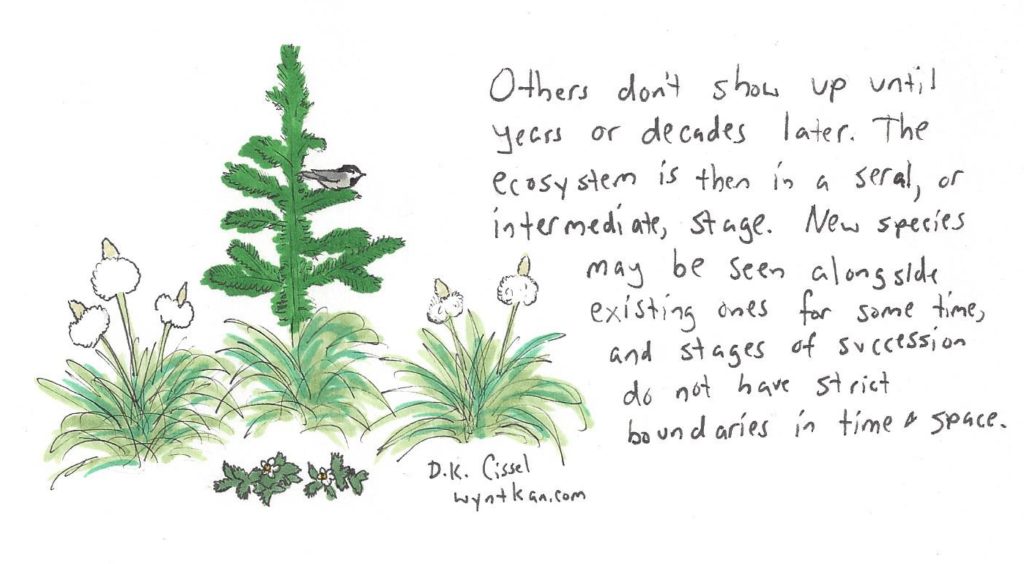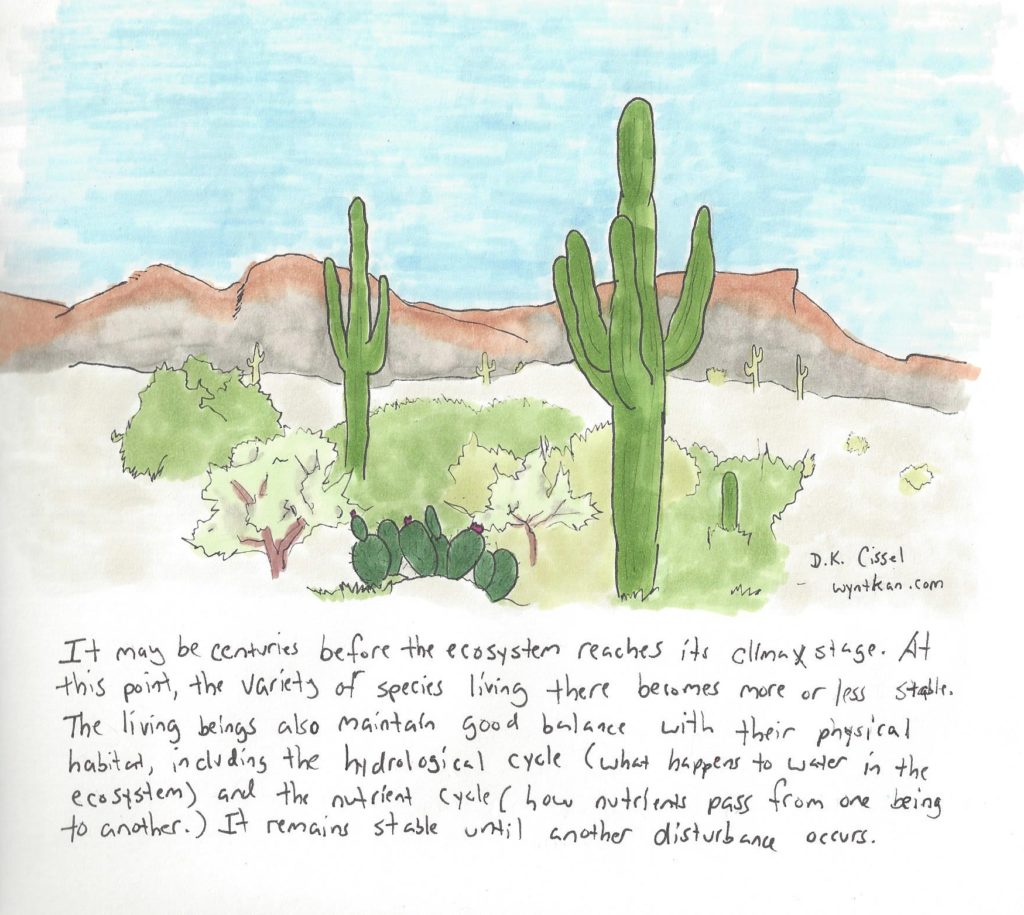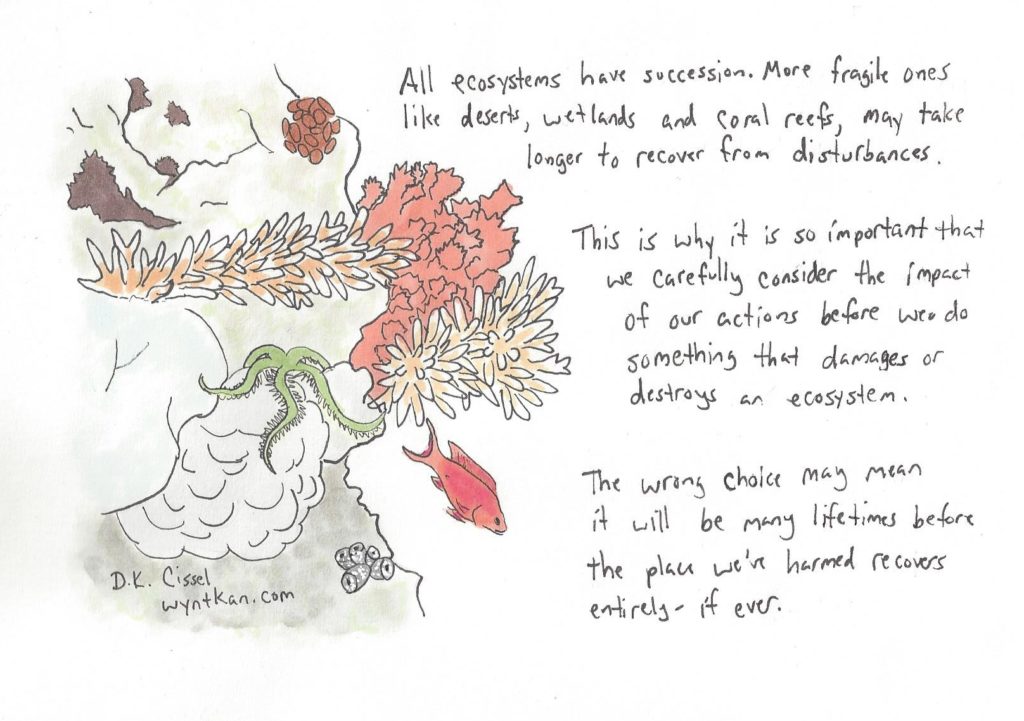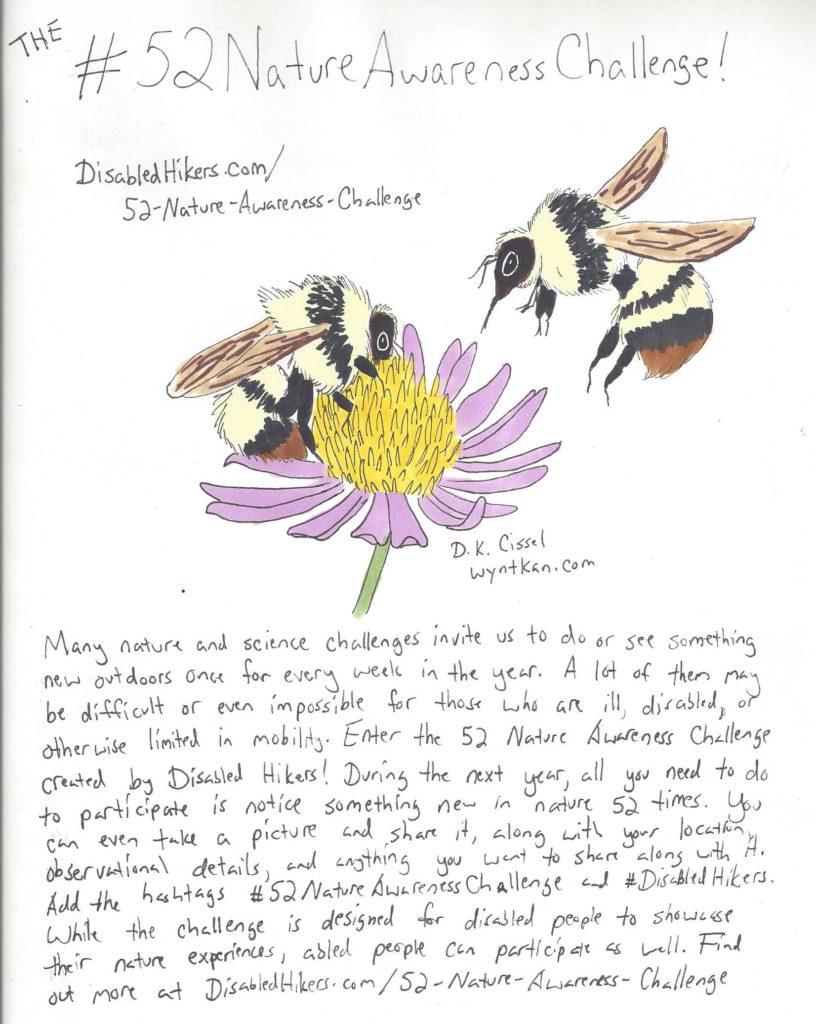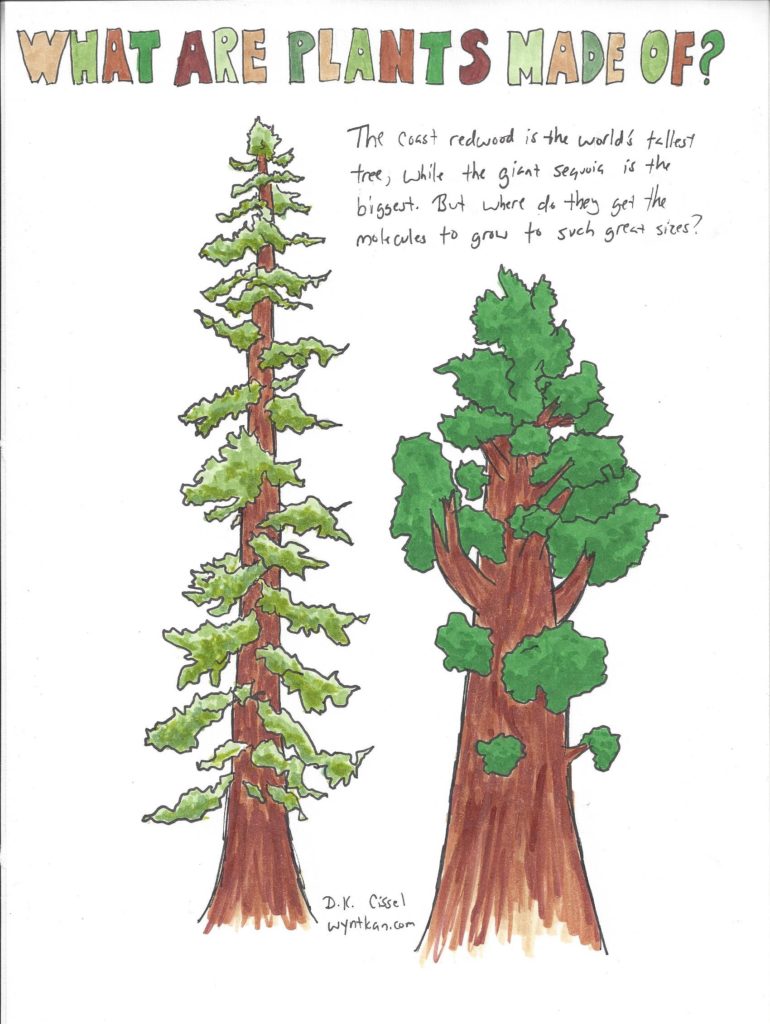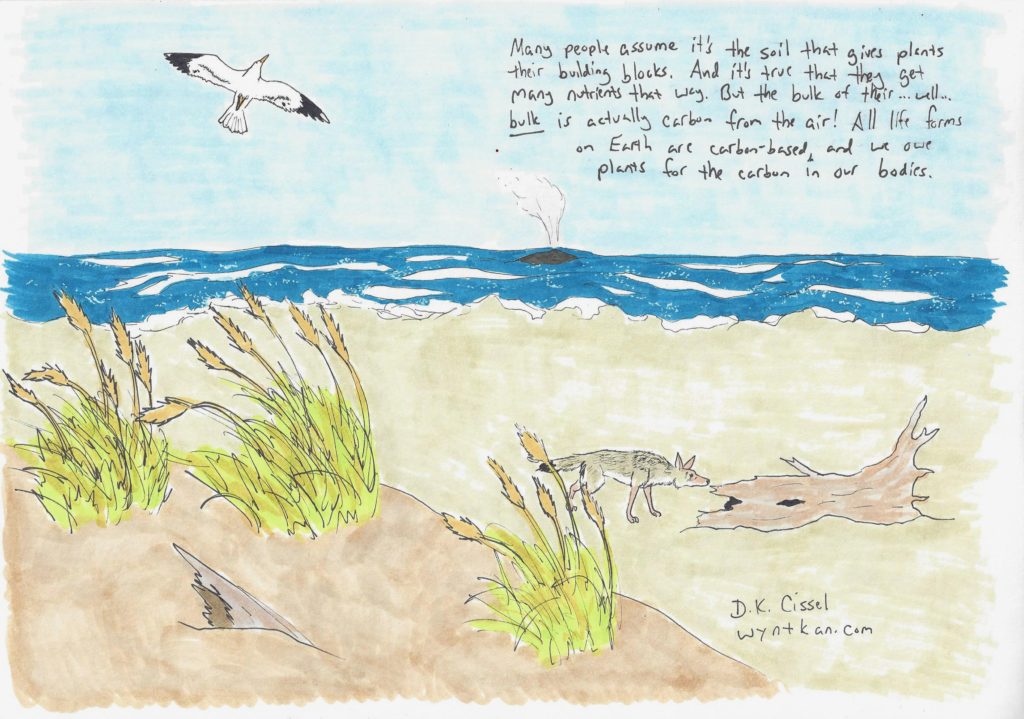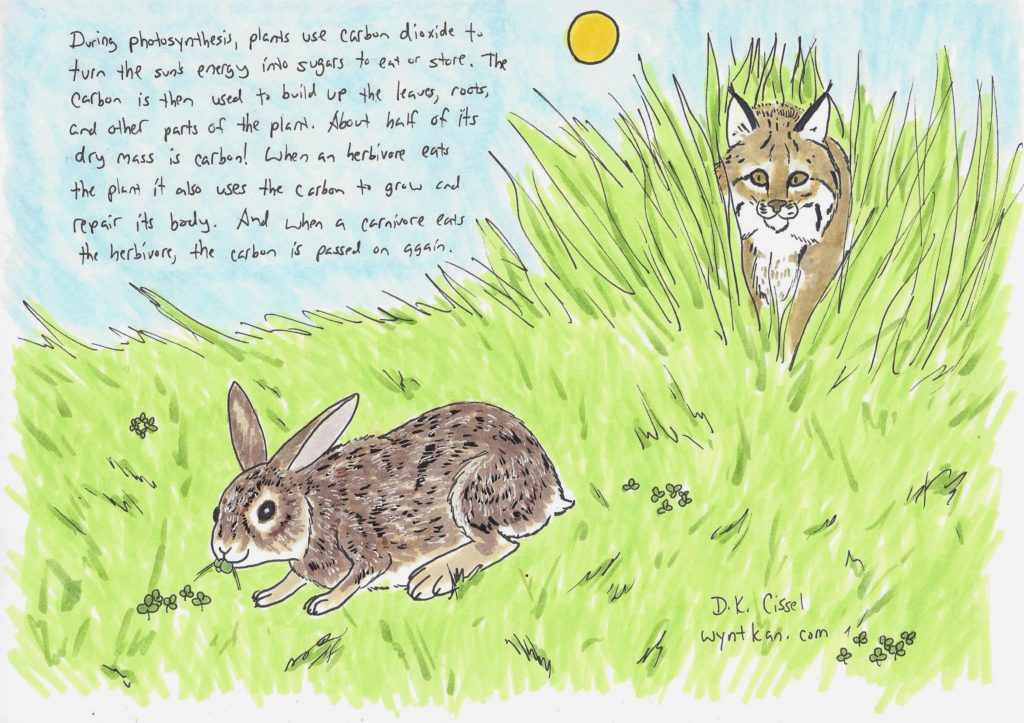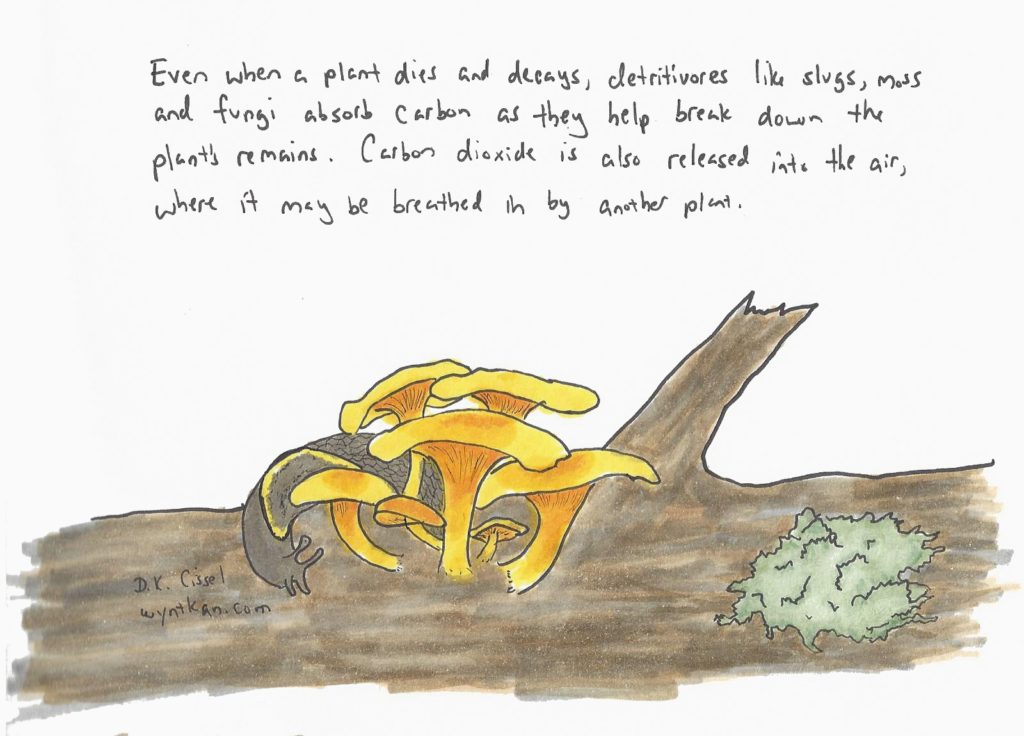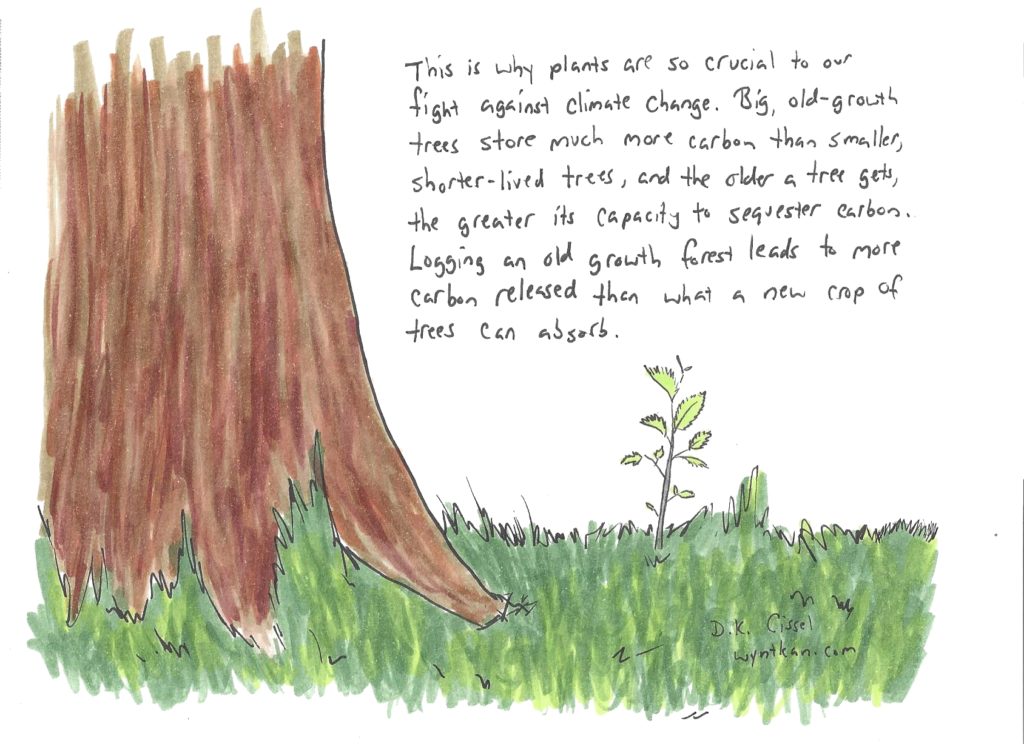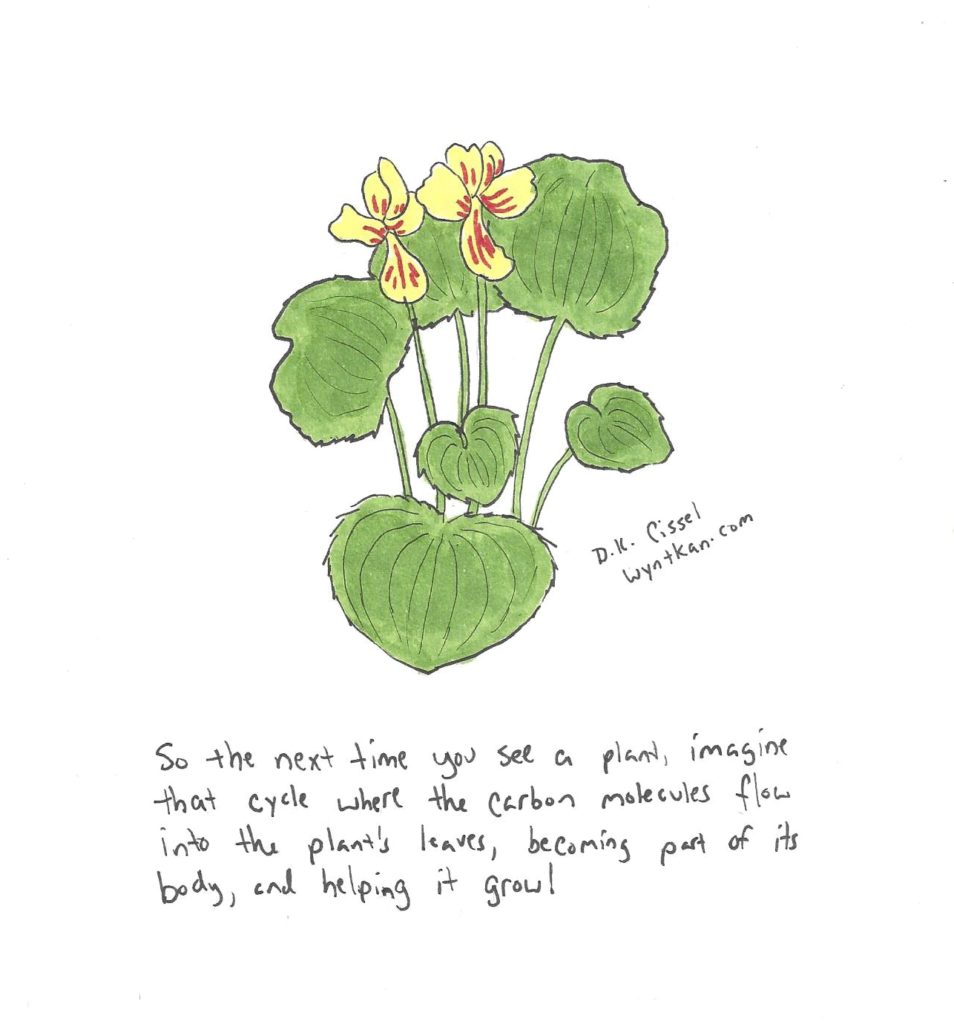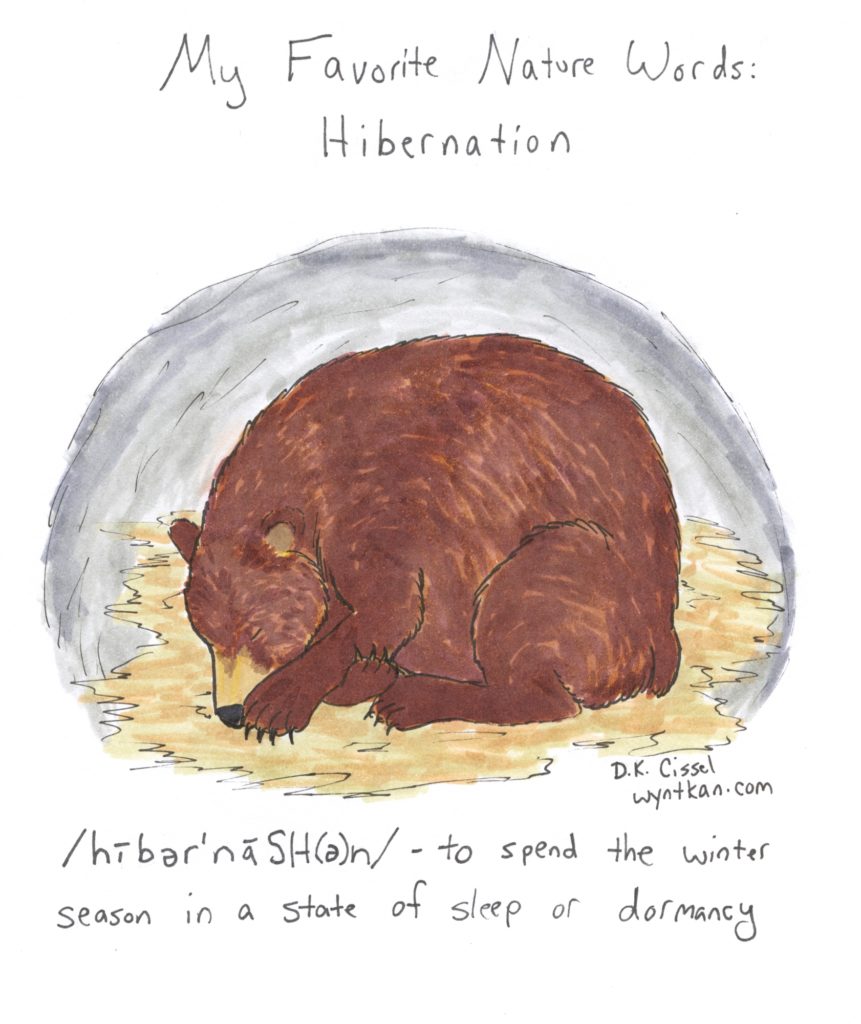
It’s getting to be the cozy time of year, where all I want is to be wrapped up in nice warm blankets on the couch with a cup of hot cocoa and a good book. Unfortunately the need to make an income doesn’t allow me to do that 24/7, unlike my friends the bears who are going to snooze the whole winter through. Of course, where I am on the Washington coast the winters are so mild that the black bears often get up in the middle of winter for a quick snack, so no one’s trash is safe!
Anyway, I wish you all a good winter in the Northern Hemisphere, and may all in the Southern half of the world be well as things heat up for the next few months.
Incidentally, I finally got my new-to-me Epson scanner hooked up. This is the first comic that I scanned in with it–the colors quality and detail are so much better! And no more weird gray line in the margins! This is gonna be a game-changer for sure.
Species portrayed: Brown bear (Ursus arctos)

